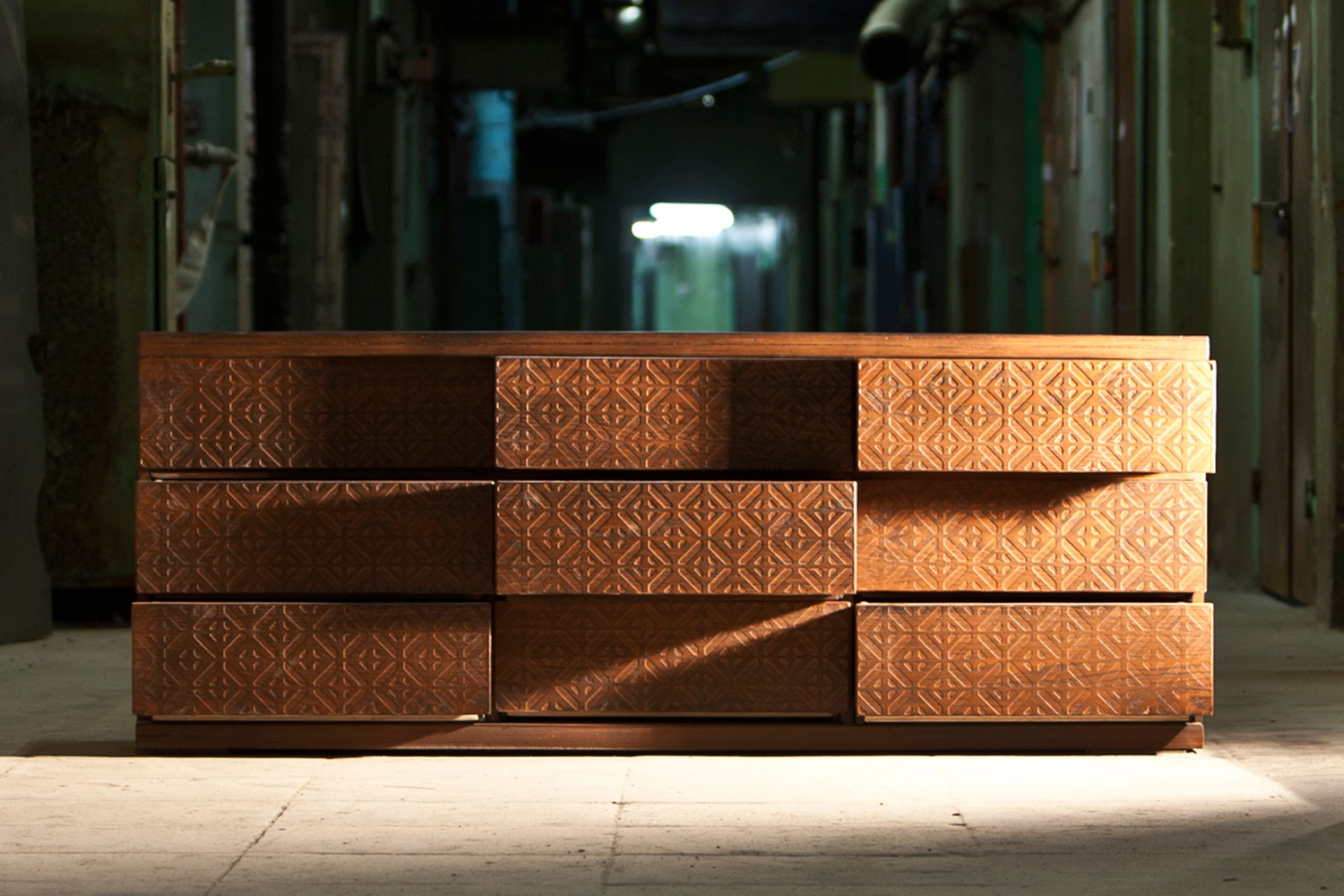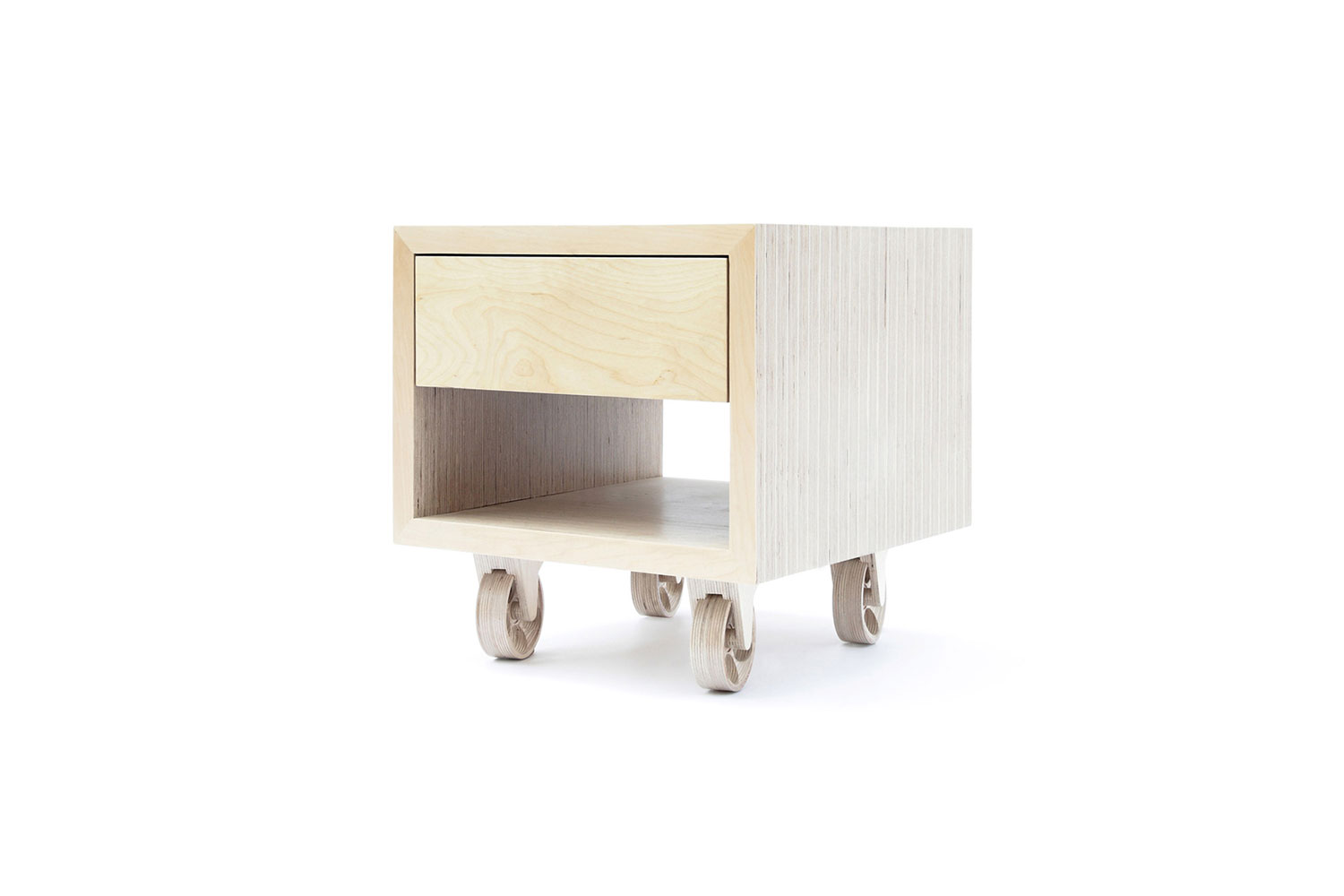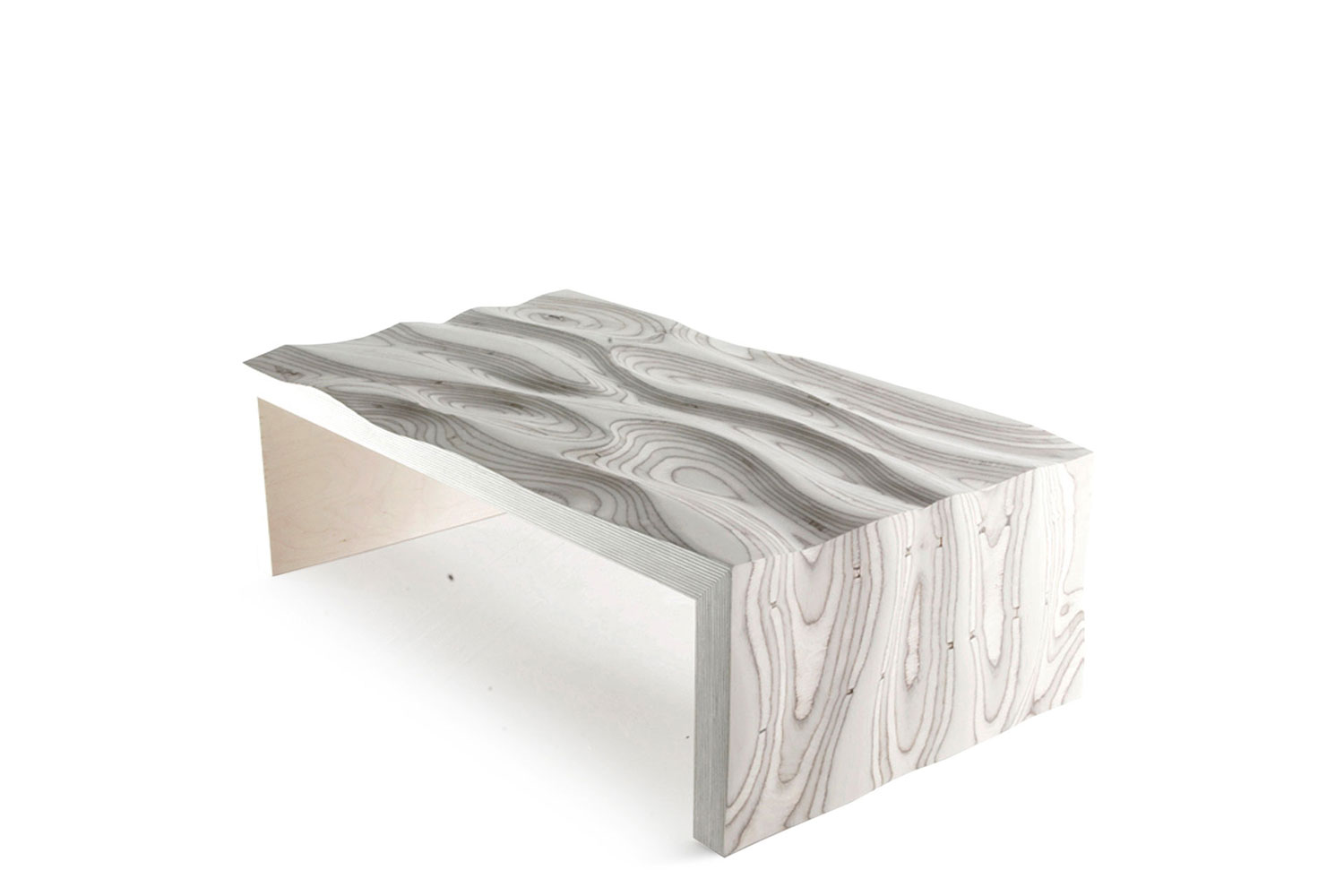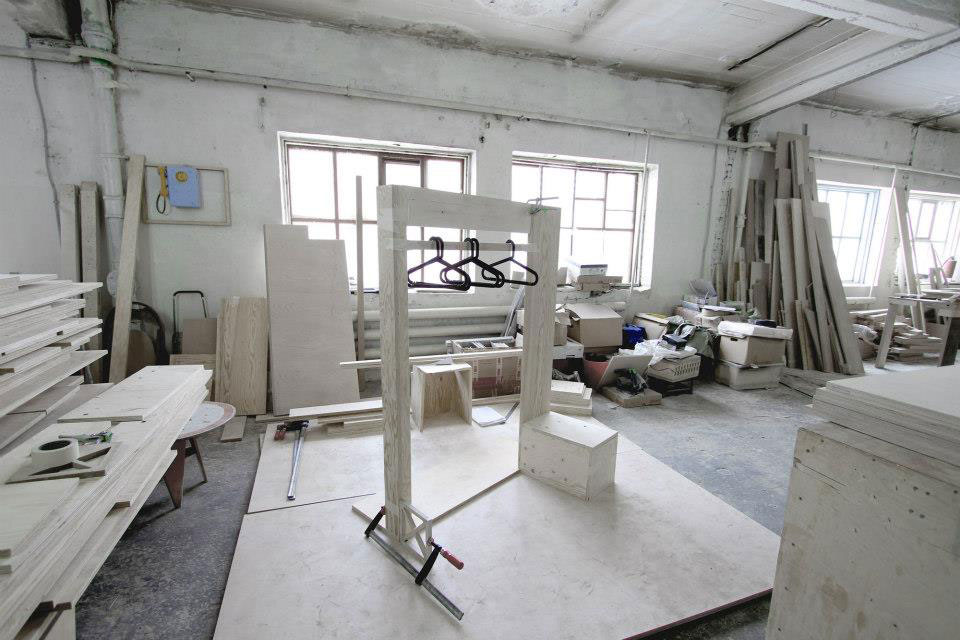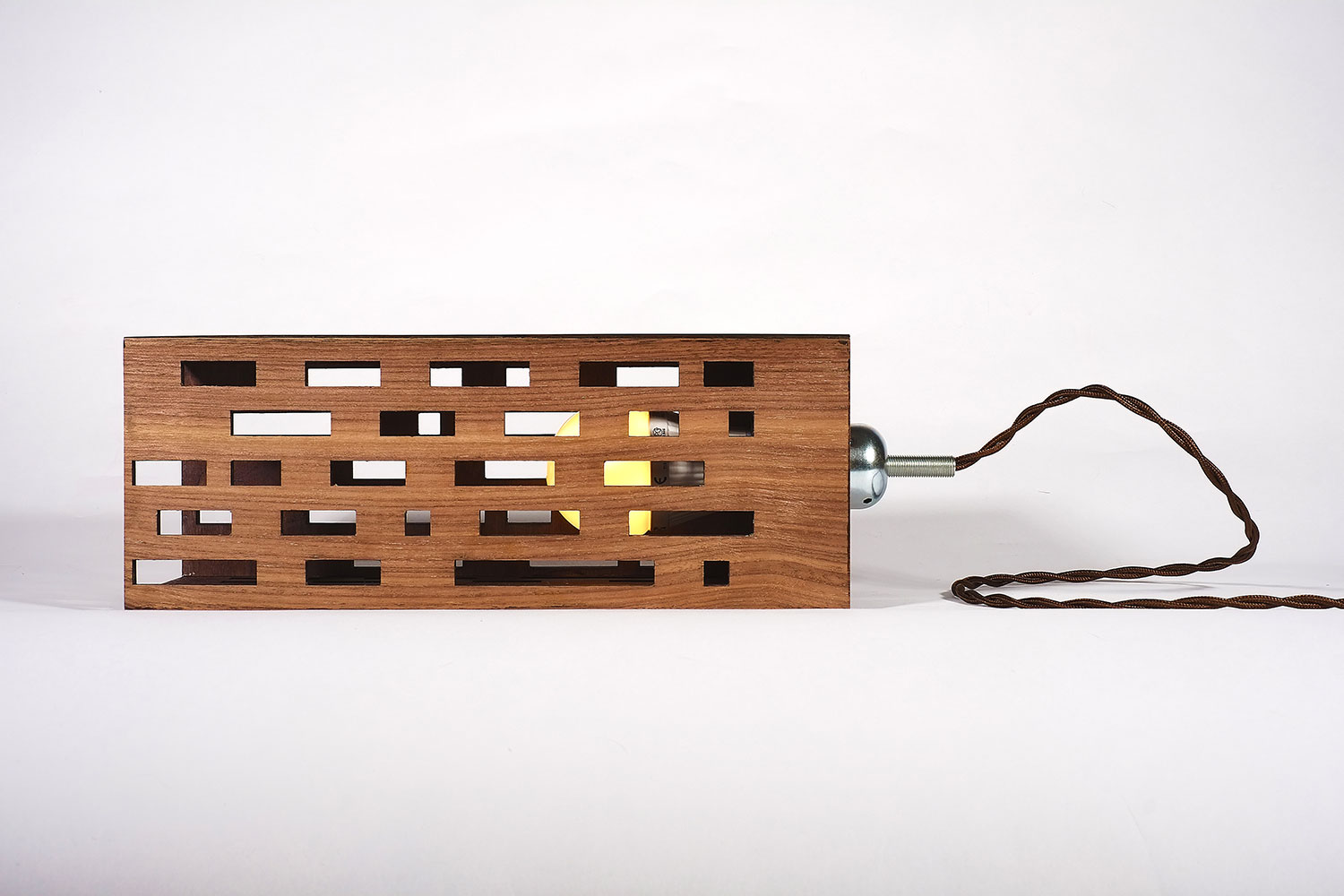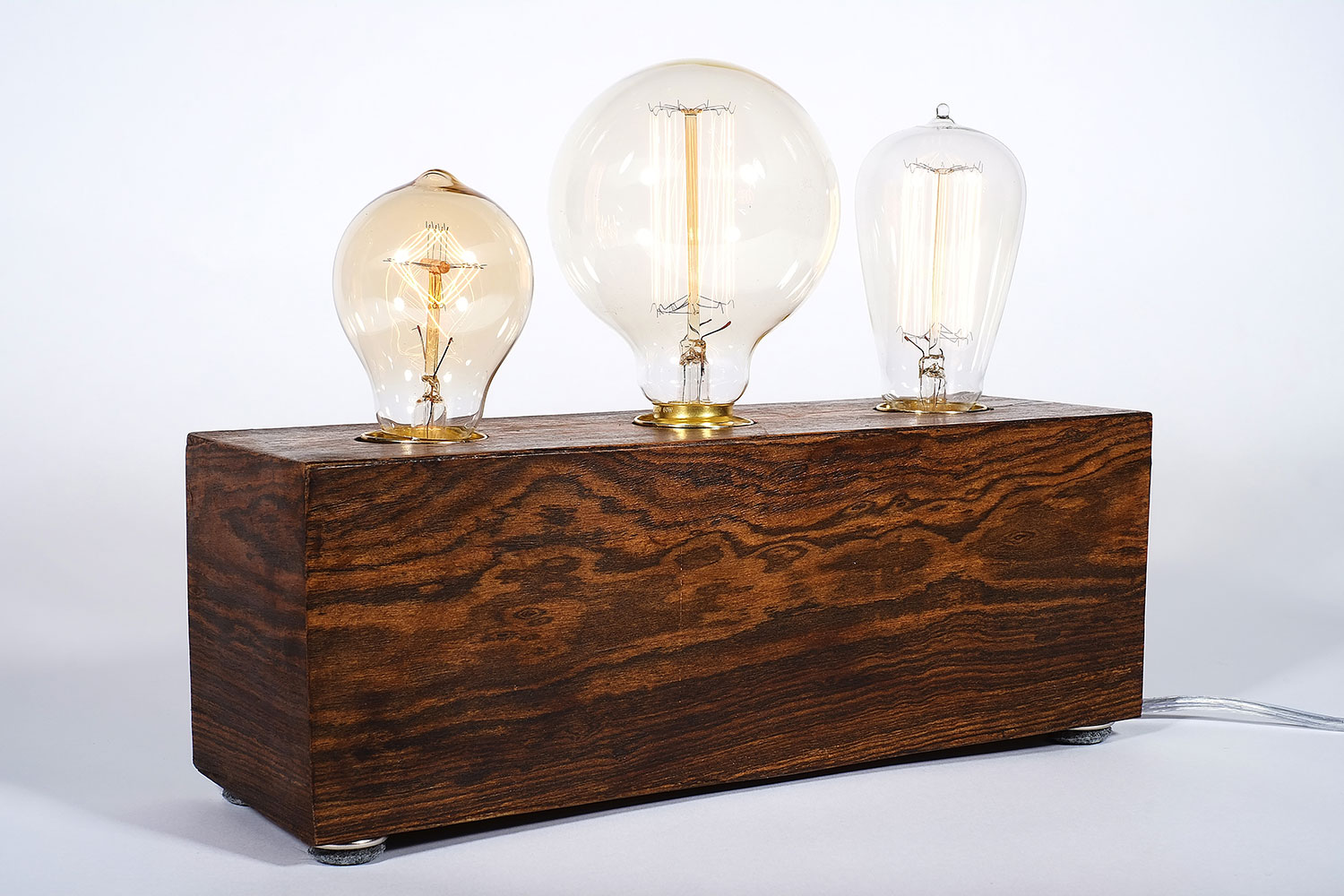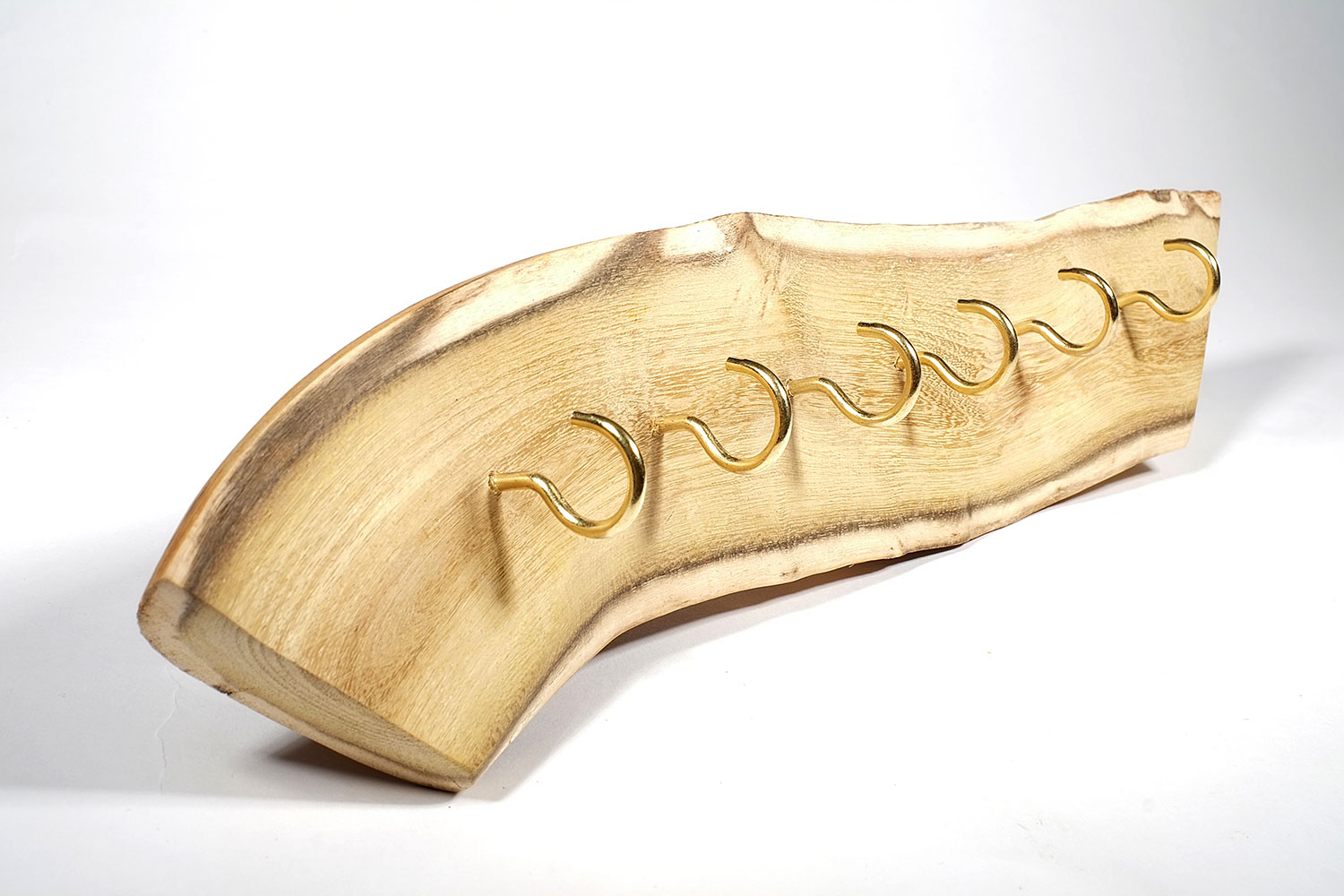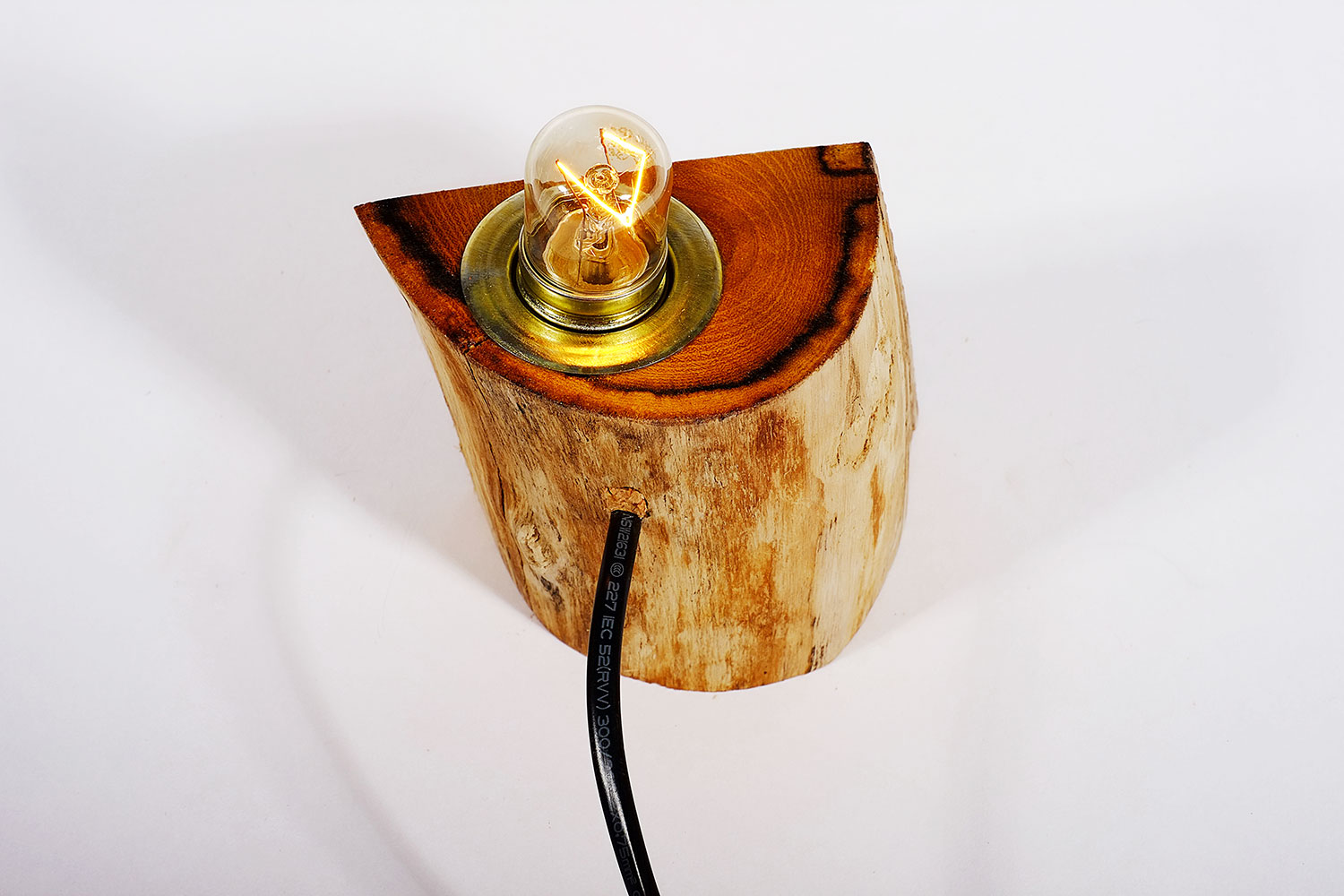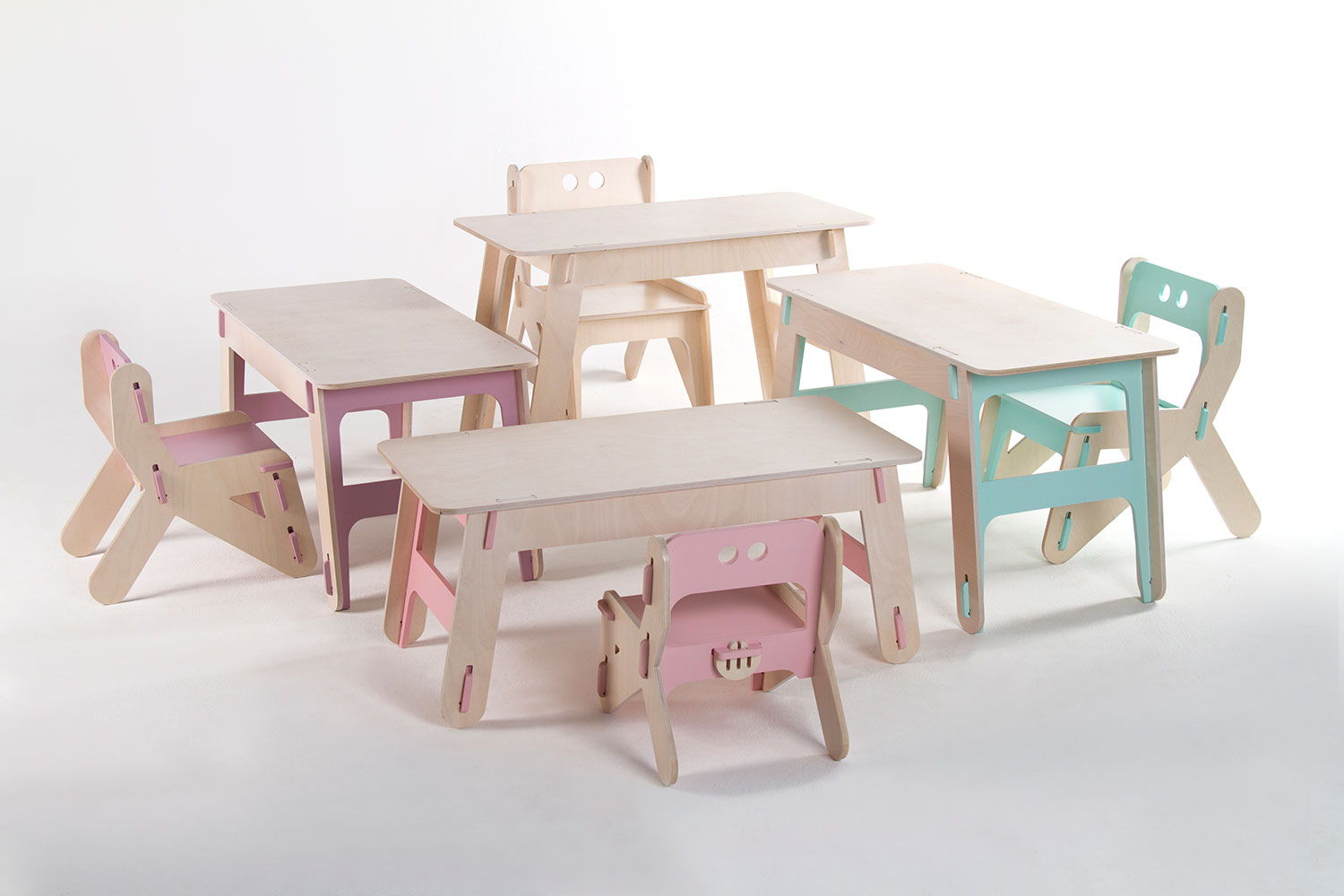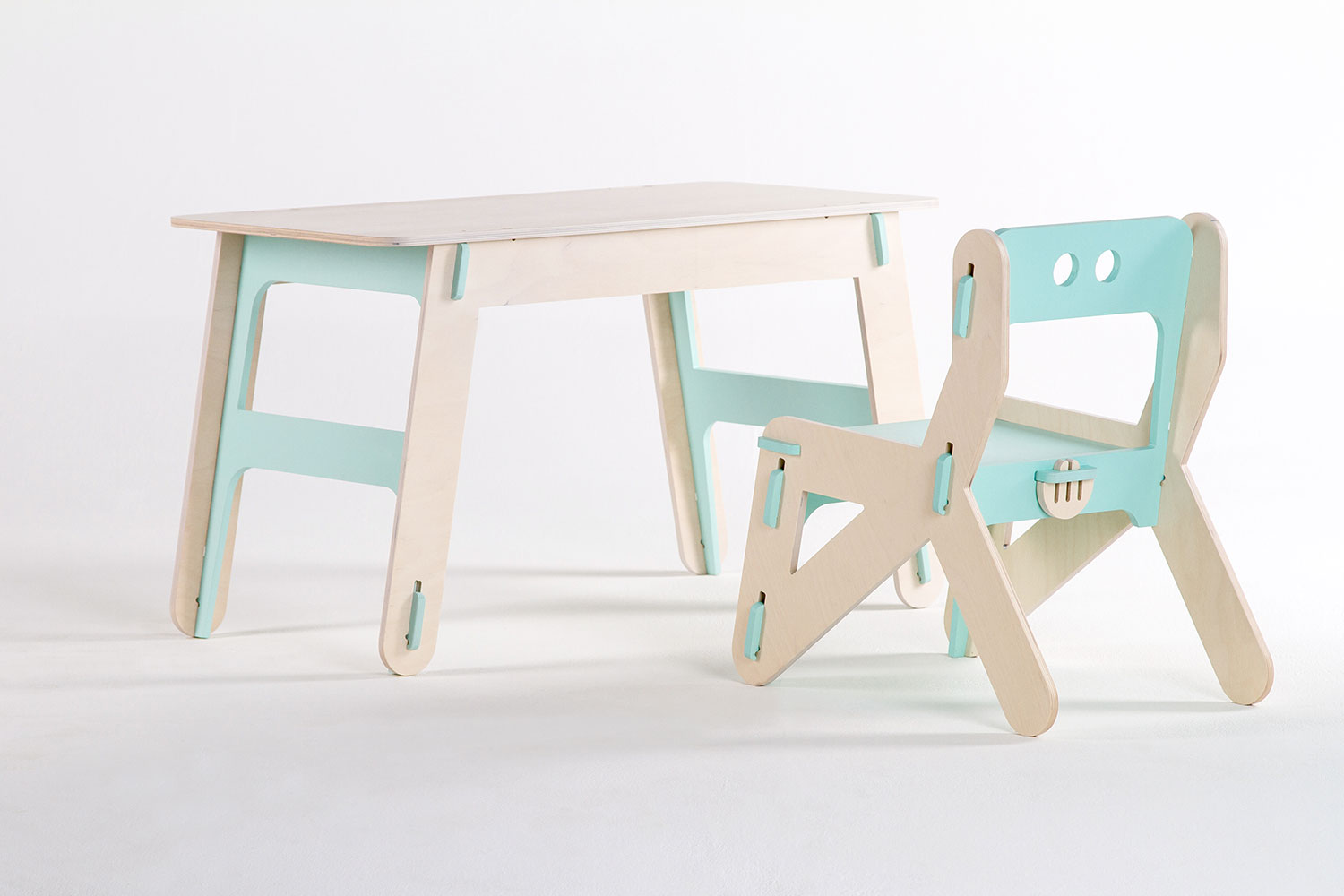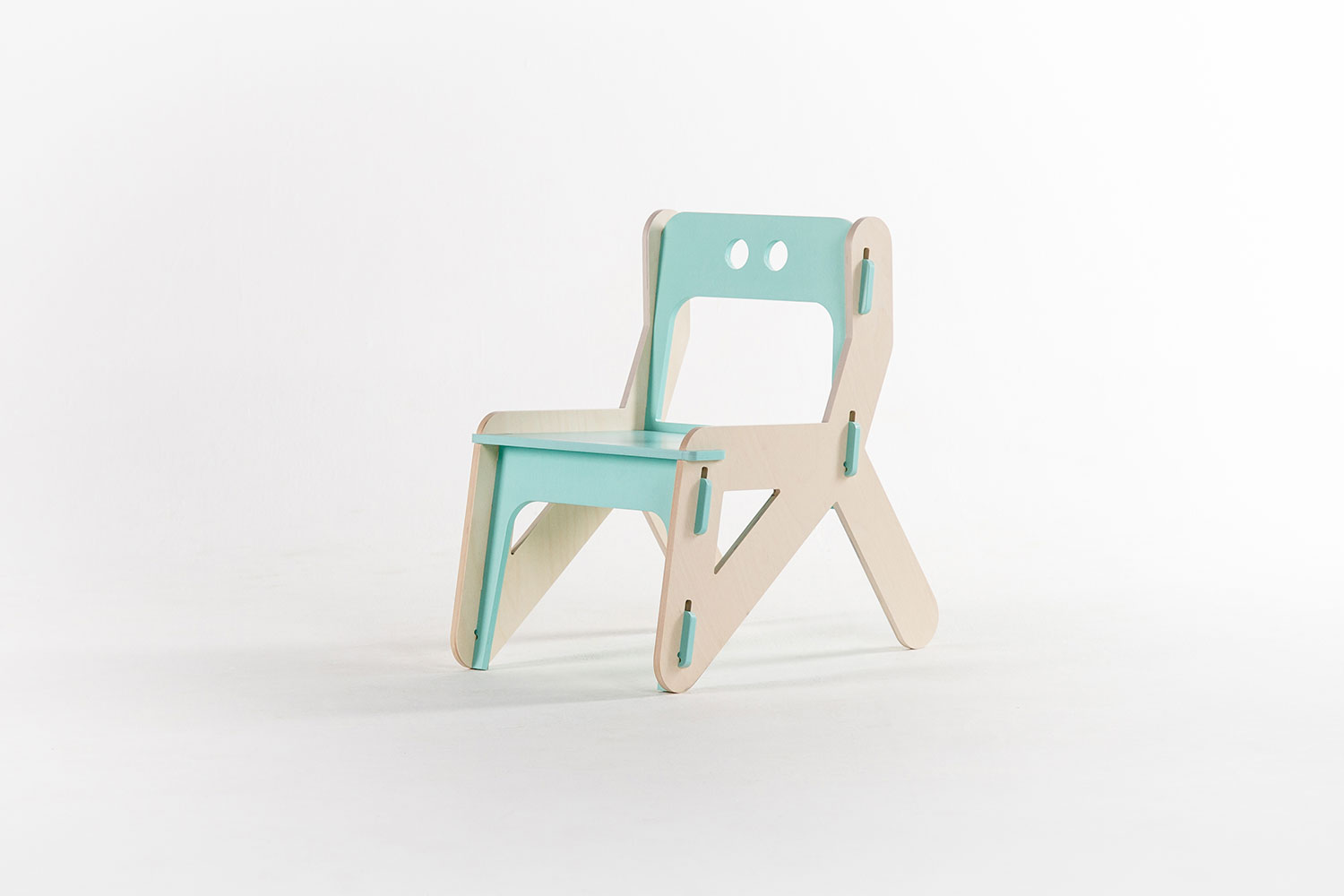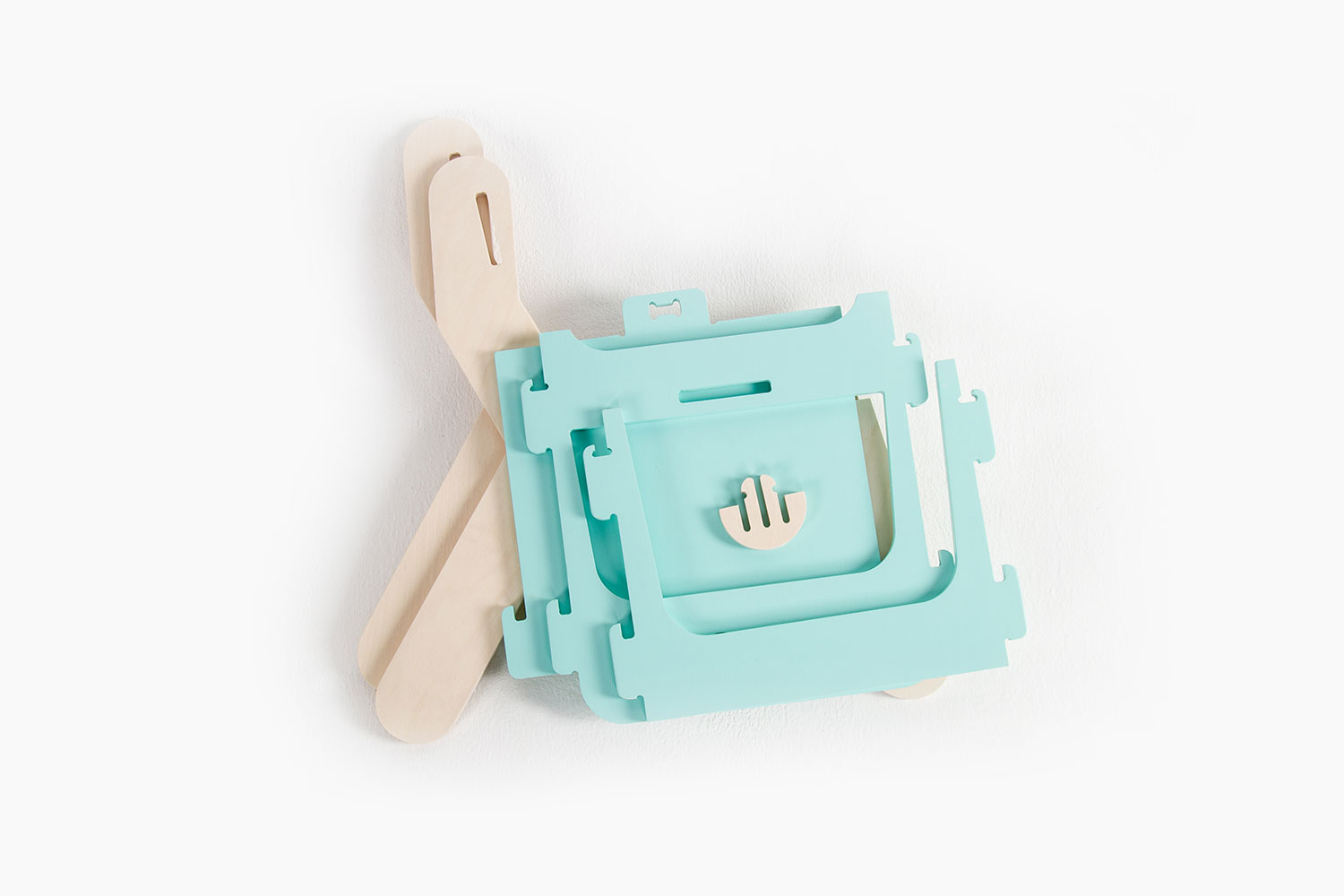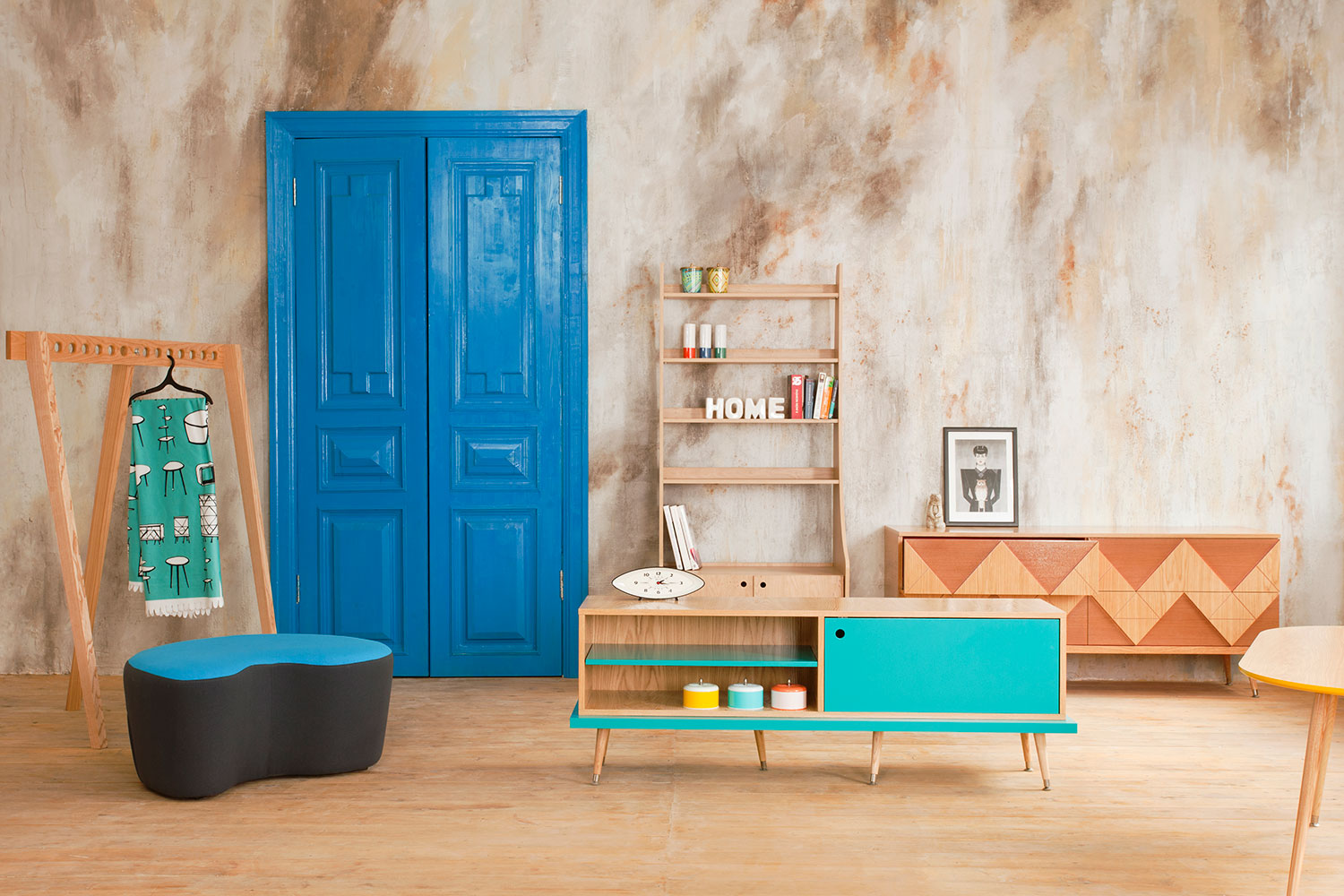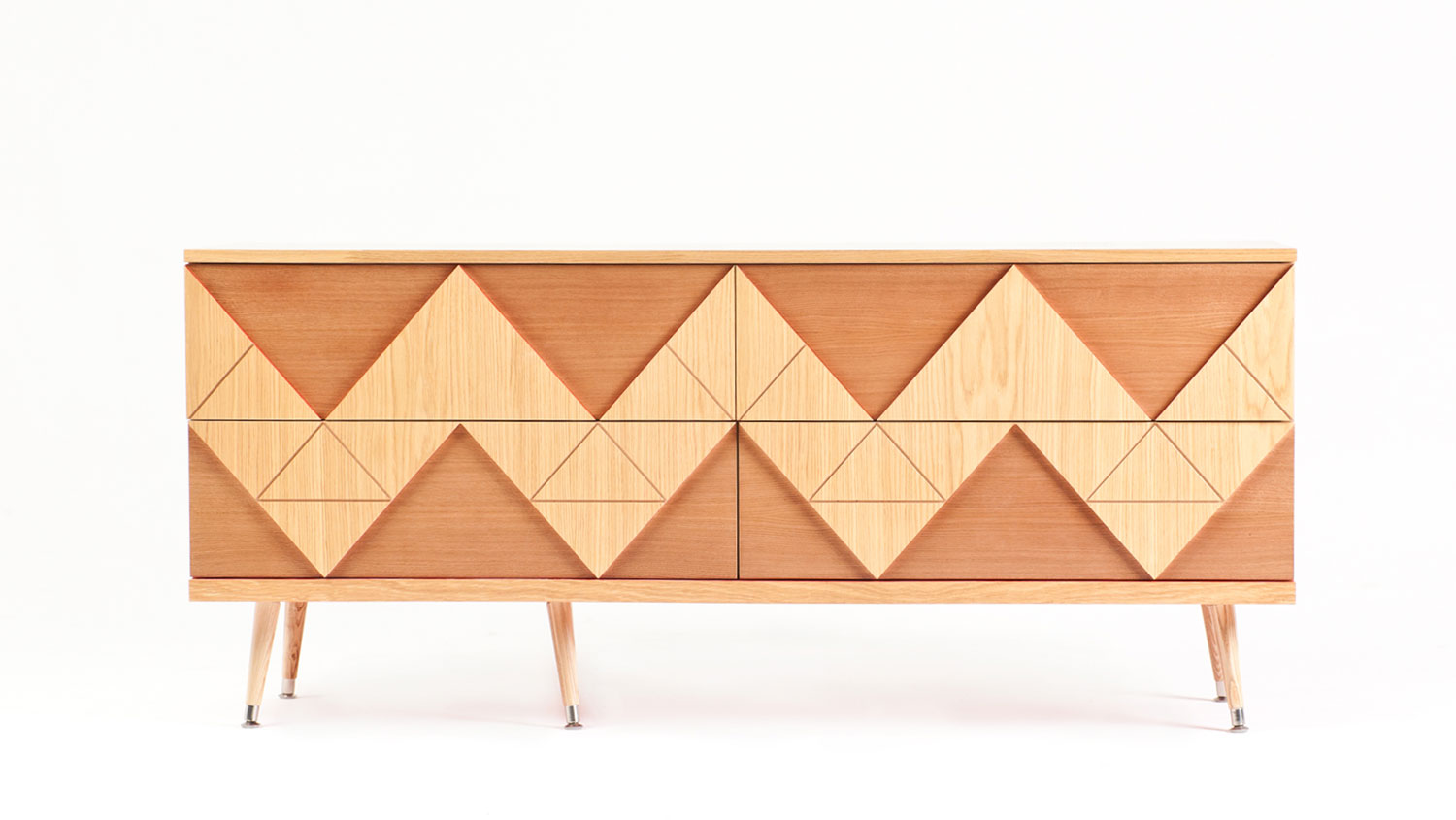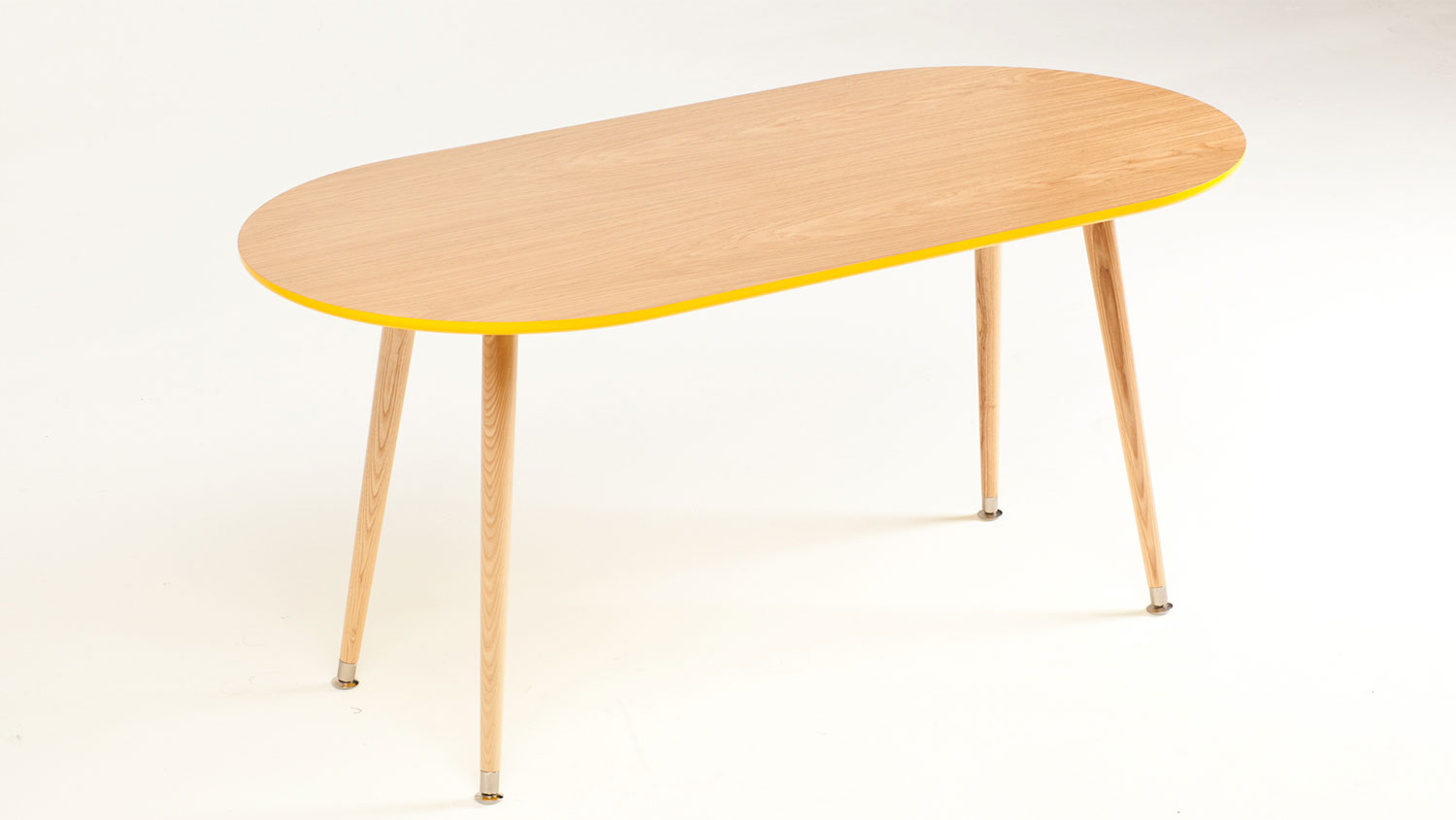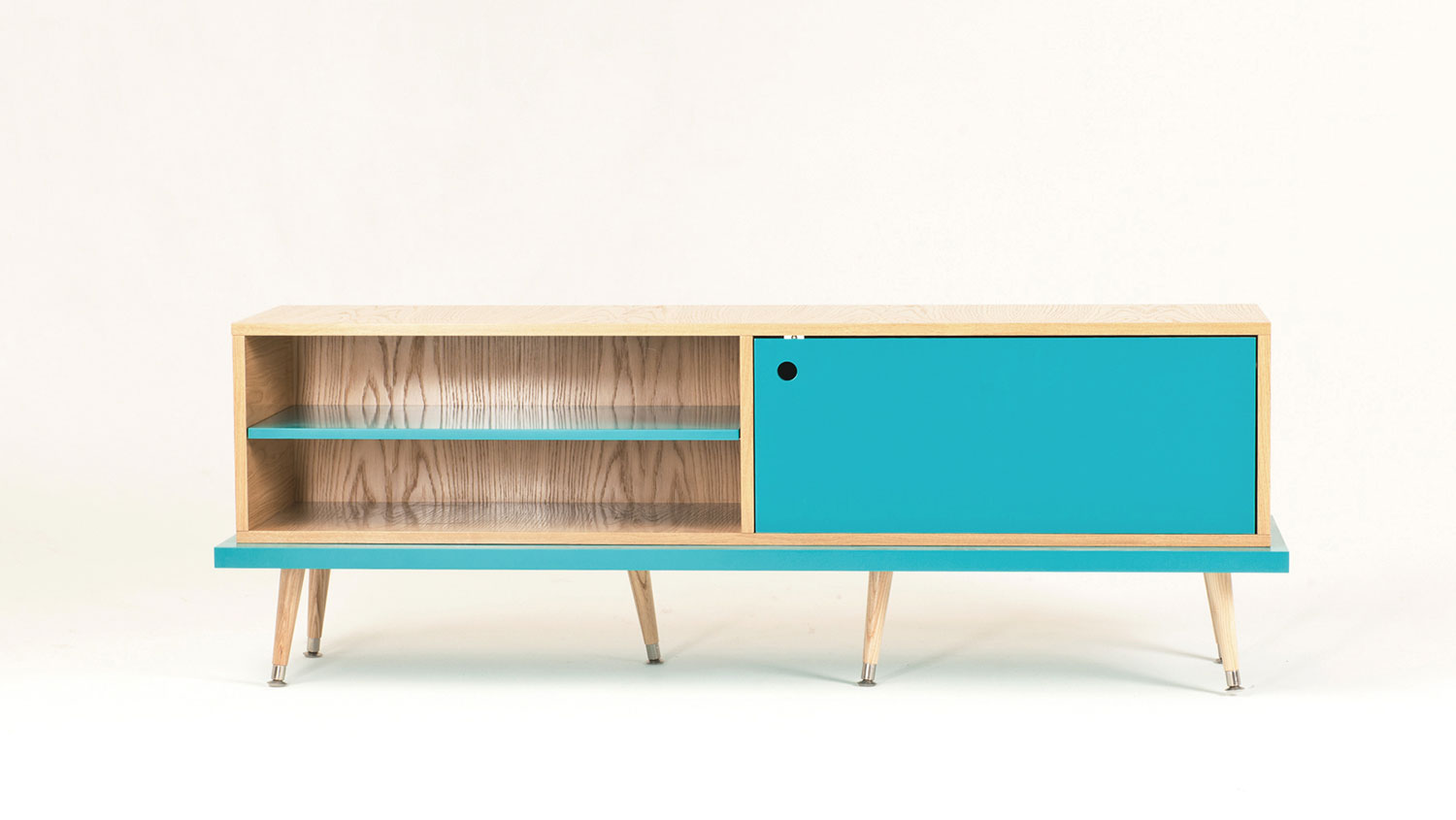Root and branch: Russia’s woodworking revolution
Russian furniture making seemed to have died a slow death in the long post-Soviet doldrums. With no manufacturing industry left to use their designs, many professionals requalified or headed abroad. But, it seems, the furniture industry wasn’t dead, just comatose, and a few years ago it started coming round. But it came back different: in the absence of mass production, the new wave of craftsmen had to adopt a DIY ethos, using workbenches in garages or clubbing together in small studios. And there was one material — flexible, abundant and pleasingly old-school — that they all preferred: wood. Here are five brands changing the future by going back to their roots.
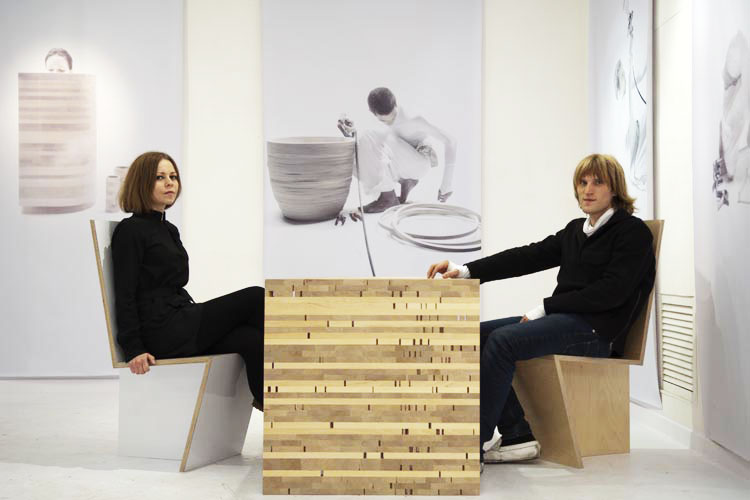
Archpole
Back in 2008, designers Anna Sazhinova and Konstantin Lagutin needed to find a sofa for a client: they couldn’t find the right thing anywhere so, in an improvised workshop in their kitchen, they tried to make it themselves. It didn’t work, and the neighbours soon complained about the noise. But something else was awoken by their sawing and hammering: a new-found love for working with wood. Sazhinova and Lagutin decided to set up their own furniture business — something almost unheard of at the time. In the context of the then moribund Russian furniture business with practically no manufacturing infrastructure, this seemed crazy and there were serious question marks around the business’s financial viability. But fast-forward a few years and Archpole have already opened their own shop and started a small-scale mass production.
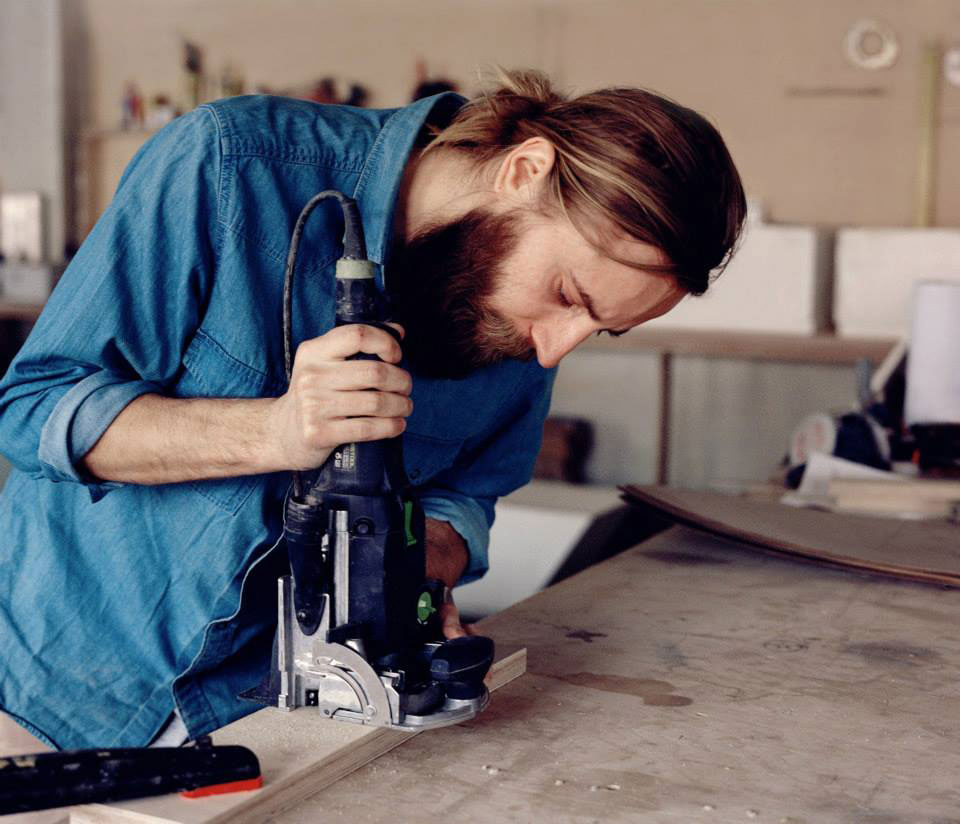
Wood Deed
If you walk into some hip new spot in Moscow chances are some of the furniture will have been made by Wood Deed, aka Alexey Inshakov and Artem Letunov. The pair, who met while working at Diesel, were inspired by a love for all things wooden by a chance meeting with Archpole alumnus Oleg Isayev in 2011; excited by the chance to realise their plans quickly and easily, they started experimenting. “Oleg let us join him and we made use not only of the space and tools but also his experience — he taught us everything,” says Inshakov. At first, Wood Deed mostly worked with shops and exhibition spaces, but now, based in their own space with a seven-strong team, they work on anything from dining tables to rotor-blades for mini-helicopters. Nevertheless, the Muscovite duo have no plans for expansion: that, they say, can only lead to routine and boredom.

Woodandroot
Despite being based in Moscow, many thousands of miles from the ocean, Woodandroot (couple Pavel Mosolov and Zhenya Retinskaya) owes its existence to the sea. “Pavel is a professional ship’s captain and we spend a lot of time at sea,” Retinskaya explains. “A couple of years ago, we came across these giant pieces of driftwood washed up after a storm. Their smooth polished shapes inspired us to create our first object, a table lamp made from a big age-whitened oak root. It wasn’t so difficult: all we had to do was cut out part of the trunk with a penknife (the only tool we had with us), dig it out of the ground and drag it several kilometres to the car.”
Taking their lead from this auspicious start, the couple continue to “upcycle” found material: trawling beaches, building sites and broken-down piers in search of richly textured, high-quality wood (as more expensive varieties live longer, they crop up pretty often). “On the Baltic coast we found whole trunks of salt-treated oak, on the Côte d’Azur — olive and vine, in Oregon — the branches and roots of a sequoia. You could see the quality of the timber immediately: we’d have taken all of it if we’d been able to get it across the border.” (When going through customs, they’d list there cargo as “wood and root” — and thus a brand was born.)
On the one hand, upcycle production is hard to organise because the supply of raw materials is extremely unstable; on the other hand, it guarantees objects with a story to them: their Brookes lamp is made from oak house beams, which still bear the marks of woodworm and nails. Upcycling also requires mobility — something else the young couple enjoy. Last winter the designers went on a road-trip around Europe picking up driftwood and working on it in their small mobile workshop. In the summer they worked in a garage in Wyoming, travelling round neighbouring states, visiting flea markets, working with what they found and studying new techniques.
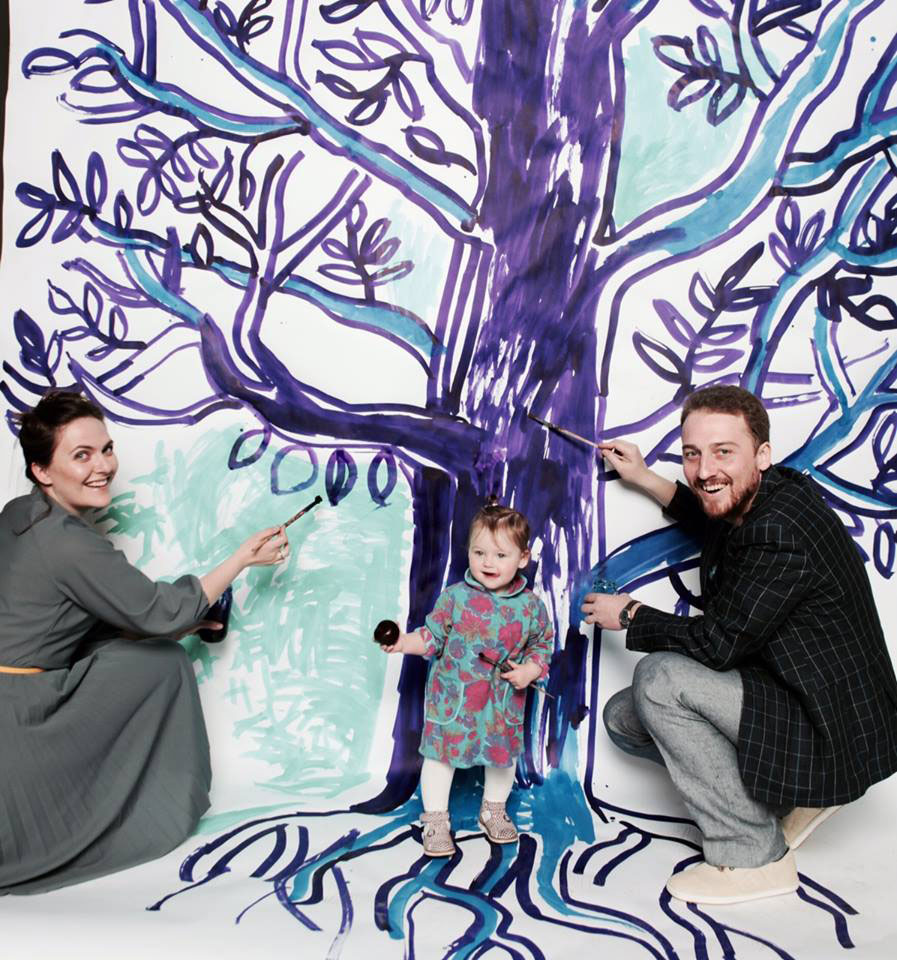
Playply
If you want something done properly, do it yourself. So say the team behind children’s furniture brand Playply (where “play” meets “plywood”). Nothing on the market seemed right for the new-born daughter of designer Andrei Anisimov and architect Maria Anisimova-Karasik: so they decided to design the perfect chair themselves. “As well as ergonomic concerns, we tried to solve several problems: first, safety — the child shouldn’t be able to fall even if they’ve climbed onto a chair; second, solidity — the main complaint parents have about children’s furniture is that it breaks very quickly; thirdly, compactness for storage.” After eight prototypes, they hit on something that they liked, and which, more importantly, their daughter liked too. The company now has a whole range of products, manufactured by contractors in two small workshops. Nevertheless, Playply are happy to remain an exclusive boutique brand, working with specific clients, talking to them, listening to them, understanding what they want — and that’s only possible if you stay small-scale.
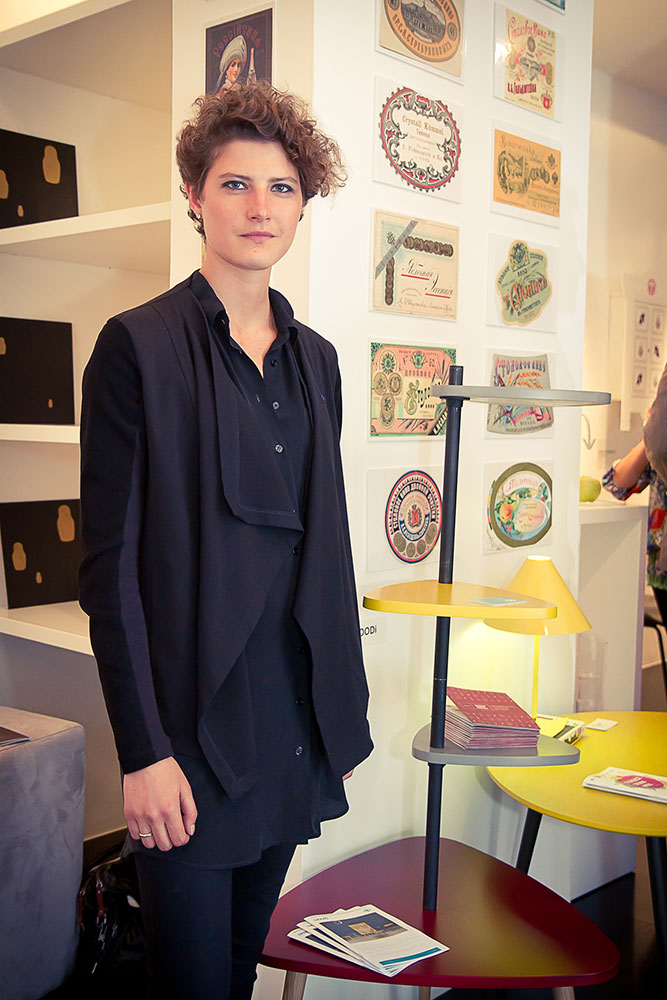
Woodi
The one exception to the small is beautiful rule of contemporary Russian furniture design is Woodi. The company, established 2011, works exclusively with Russian wood on mass-production sites across the country. “The factory we work with has been going for over 20 years, more than 150 people work there. It’s got up-to-date equipment which lets us make unusual furniture,” explains founder Polina Balashova. “We’re more than happy with the quality and delivery timeframe we get. Large-scale production has its drawbacks of course (like limitations on certain shapes and materials), but we can live with that.” The next step, she says, is to open a large furniture chain where you can buy all you need for the home, from plates to cabinets. But Woodi’s ability to handle big quantities without sacrificing on quality isn’t just good news for Balashova and co, but for the whole industry: it is possible to make the step up from artisanal to industrial. And, if their improvisational success with wooden furniture is anything to go by, with these designers, where there’s a will, there’s a way.
Text: Anya Filippova
